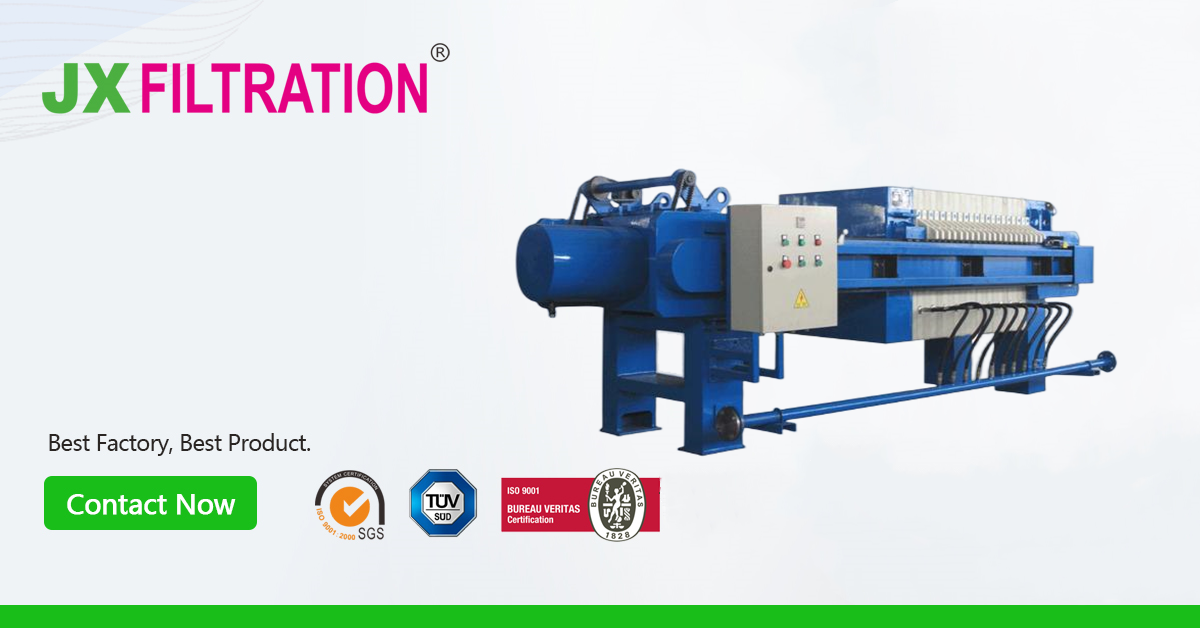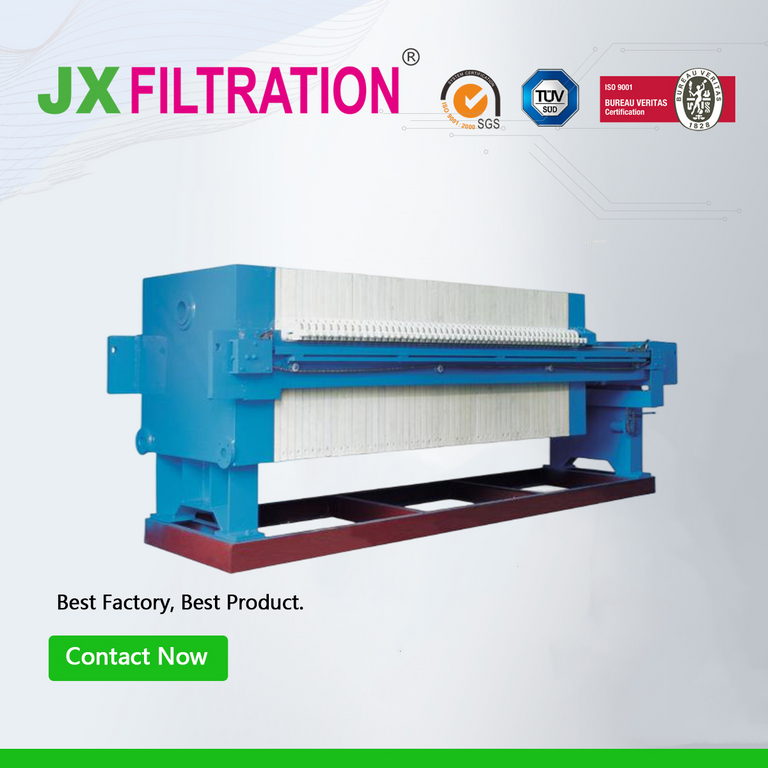Learn More About Filter Press
- Selection of Filter Cloth
In order to achieve good filtration speed and efficiency with the filter press, the selection of filter cloth should be based on the density, chemical composition, and filtration process of the material being filtered.

Common filter cloth materials include polyester, polypropylene, nylon, and cotton.
Polypropylene filter cloth is acid and alkali resistant, elastic, and high strength.
Polyester filter cloth has good acid resistance.
Cotton filter cloth has good heat resistance.
-
In the selection of filter cloth, it is necessary to have a certain tensile strength and no elasticity. This is because urban sludge has a large volume, frequent filtration processes, and frequent use of filter cloth, requiring repeated compression.
-
The selected filter cloth for the filter press must have a certain corrosion resistance. Urban sludge requires the addition of more additives before treatment, such as PAM or lime. Therefore, the sludge after natural sedimentation has complex properties and is generally alkaline.
In summary, the filter cloth should meet the requirements of corrosion resistance, high strength, small pore size, good permeability, non-adhesion, and long service life. Polyester or polypropylene filter cloth should be chosen.
- Calculation of Plate and Frame Filter Press:
- Calculation of Dehydration Area of Plate and Frame Filter Press:
A = QS / q · t
Where: A - dehydration area of the filter press, m²; QS - amount of sludge dehydrated per cycle (feed volume), m³; q - dehydration load, m³ / (m² · h); t - dehydration time per cycle, h.
- Calculation of Filtration Area of Filter Cloth for Plate and Frame Filter Press:
A1 = [(1000 · W) / (C · T · f)] · r
Where: A1 - filtration area of the filter cloth of the filter press (m2); W - productivity of the filter press (m3/h); C - filtration rate of the filter press (kg/(m2·h)); T - daily working time of the filter press (h); f - utilization coefficient of the filter cloth, f = 0.9; r - reliability coefficient of the filtration rate of the filter press, r = 1.0 to 1.5.
- Calculation of Daily Production of Dry Sludge for Filter Press:
W1 = (S1 + S2 - S3) · Q / 106
Where: W1 - daily production of dry sludge; S1 - suspended solids content of municipal sewage (mg/L) (generally assumed as 10,000 mg/L); S2 - amount of lime added per ton of wastewater (mg/L) (generally assumed as 4,000 mg/L); Q - daily wastewater production.
- Calculation of Moisture Content of Wet Sludge Cake for Plate and Frame Filter Press:
W2 = W1 · P / n
Where: W2 - amount of wet sludge cake pressed by plate and frame filter press (T); W1 - daily production of dry sludge; n - number of filtration cycles of plate and frame filter press per day; P - moisture content of wet sludge cake.
- The filtration area of the plate and frame filter press is:
S = 2W2 / tG
Where: S - filtration area of the plate and frame of the filter press (m2); W2 - amount of wet sludge cake pressed by plate and frame filter press (T); t - thickness of the wet sludge cake after filtration; G - bulk density of the wet sludge cake handled by the filter press.
Any Requirements, Contact Us Now!
Kris
Email/Teams: kris@filtrationchina.com
Mobile/Whatsapp/Wechat: +86 18980776200


